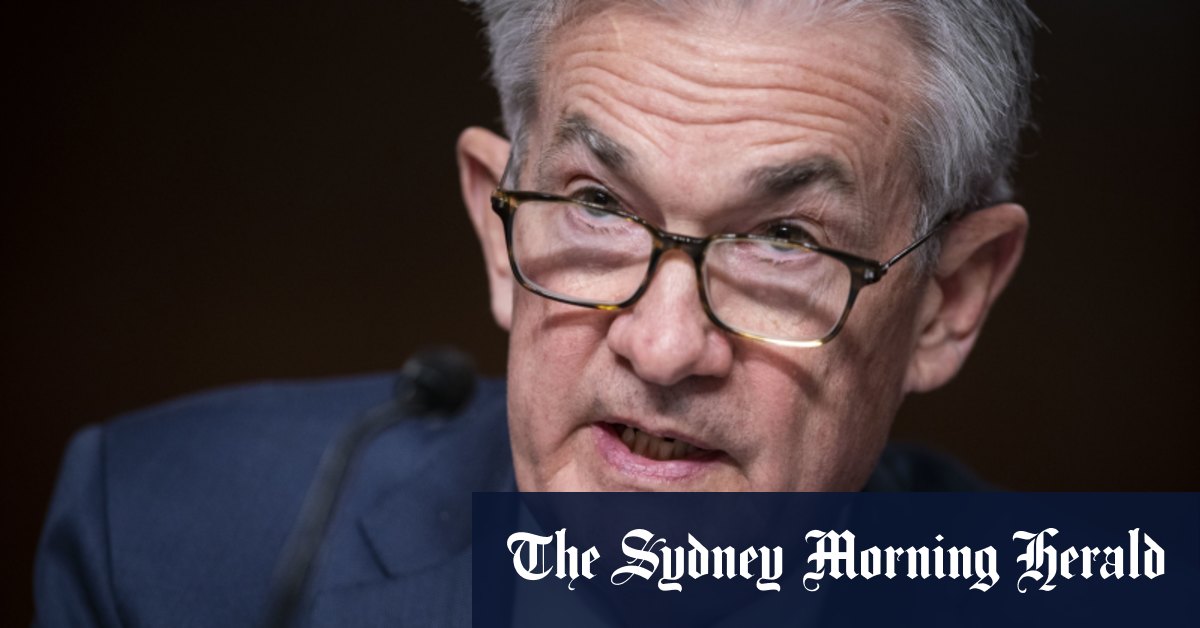
The abrupt change in the taper pace reflects “inflation developments and the further improvement in the labour market,” the policy-setting Federal Open Market Committee said in a statement following a two-day meeting. The Fed reiterated that it “is prepared to adjust the pace of purchases if warranted by changes in the economic outlook.”
“Economic activity is on track to expand at a robust pace this year,” Powell said, adding that “the economy has been making rapid progress toward maximum employment.”
The yield on 10-year Treasuries rose while the yield curve flattened sharply. Meanwhile the S&P 500 index advanced and the US dollar pushed higher. Traders lifted the amount of Fed interest rate increases they see for 2022 up to about 73 basis points.
‘Panic instead of patience’
“You are seeing a bit more panic instead of patience within the ranks of the FOMC,” said Diane Swonk, chief economist at Grant Thornton. “This is the first time we’ve seen the Federal Reserve chasing inflation in decades.”
On interest rates, “with inflation having exceeded 2 per cent for some time, the committee expects it will be appropriate to maintain this target range until labour market conditions have reached levels consistent with the committee’s assessments of maximum employment.”
The FOMC vote was unanimous.
“Supply and demand imbalances related to the pandemic and the reopening of the economy have continued to contribute to elevated levels of inflation,” the FOMC said.
While the accelerated taper was in line with expectations from the majority of economists surveyed by Bloomberg News, the interest-rate path was steeper than what analysts had generally seen.
Investors had been expecting a rate hike by mid-year, according to trading in futures contracts, with some chance of a move as soon as March.
Powell, whom President Joe Biden recently renominated to a second four-year term at the helm of the central bank, has faced increasing pressure from both Democrats and Republicans to take more aggressive action on inflation.
Inflation surprise
Fed officials were caught off guard by the price pressures, which they argued would fade as the world adjusted to COVID-19. Instead, the pandemic has continued and inflation has soared, fanned by supply-chain bottlenecks and strong demand amid massive fiscal and monetary policy support.
In the FOMC statement, officials removed a prior reference to inflation reflecting factors that were “expected to be transitory.” Powell told politicians last month that it was time to “retire” the Fed’s description of high inflation as “transitory,” a stance it held for most of 2021.
Consumer prices in the US rose 6.8 per cent in the year through November, marking the fastest pace of increase since 1982. In recent months, surging food and energy prices and accelerating rental inflation have contributed more to overall inflation than earlier in the year, when outsize price increases were concentrated largely in the used-car market and a reopening leisure and hospitality sector.
Loading
Unemployment in the world’s largest economy dropped to 4.2 per cent in November from 4.6 per cent in October, a quicker pace of recovery than forecasters had anticipated. Still, the gap between the unemployment rates of white and black workers remains wide — at 3.7 per cent and 6.7 per cent, respectively — and Fed officials have said they will take those disparities into account under a new “broad-based and inclusive” approach to judging maximum employment, which they announced last year.
The FOMC’s median projection for 2022 inflation was revised to 2.6 per cent, from 2.2 per cent in September. And it now projects the unemployment rate at the end of next year will be 3.5 per cent, versus 3.8 per cent in September.
Biden still has three more open seats to fill on the central bank’s Board of Governors in Washington and is expected to announce his picks in the coming days. His selections, as well as whoever the Dallas and Boston Fed banks choose to be their next presidents, could play a significant role in the direction the FOMC takes next year.
Those changes also mean the dot plot rate projections released on Wednesday reflect the views of several officials who won’t be part of the decision-making process as the Fed navigates the next phase of the economic recovery from the pandemic.








